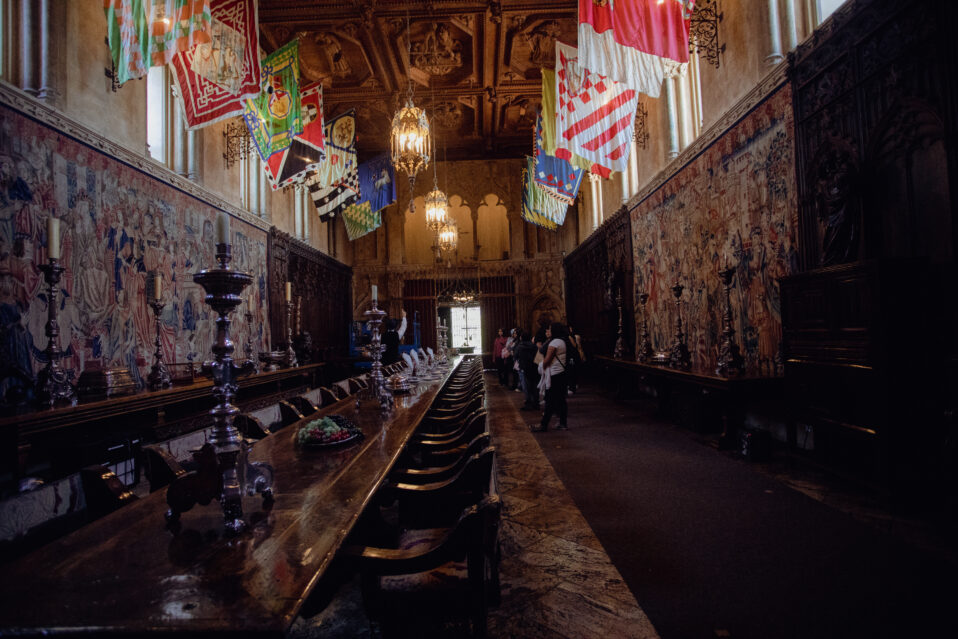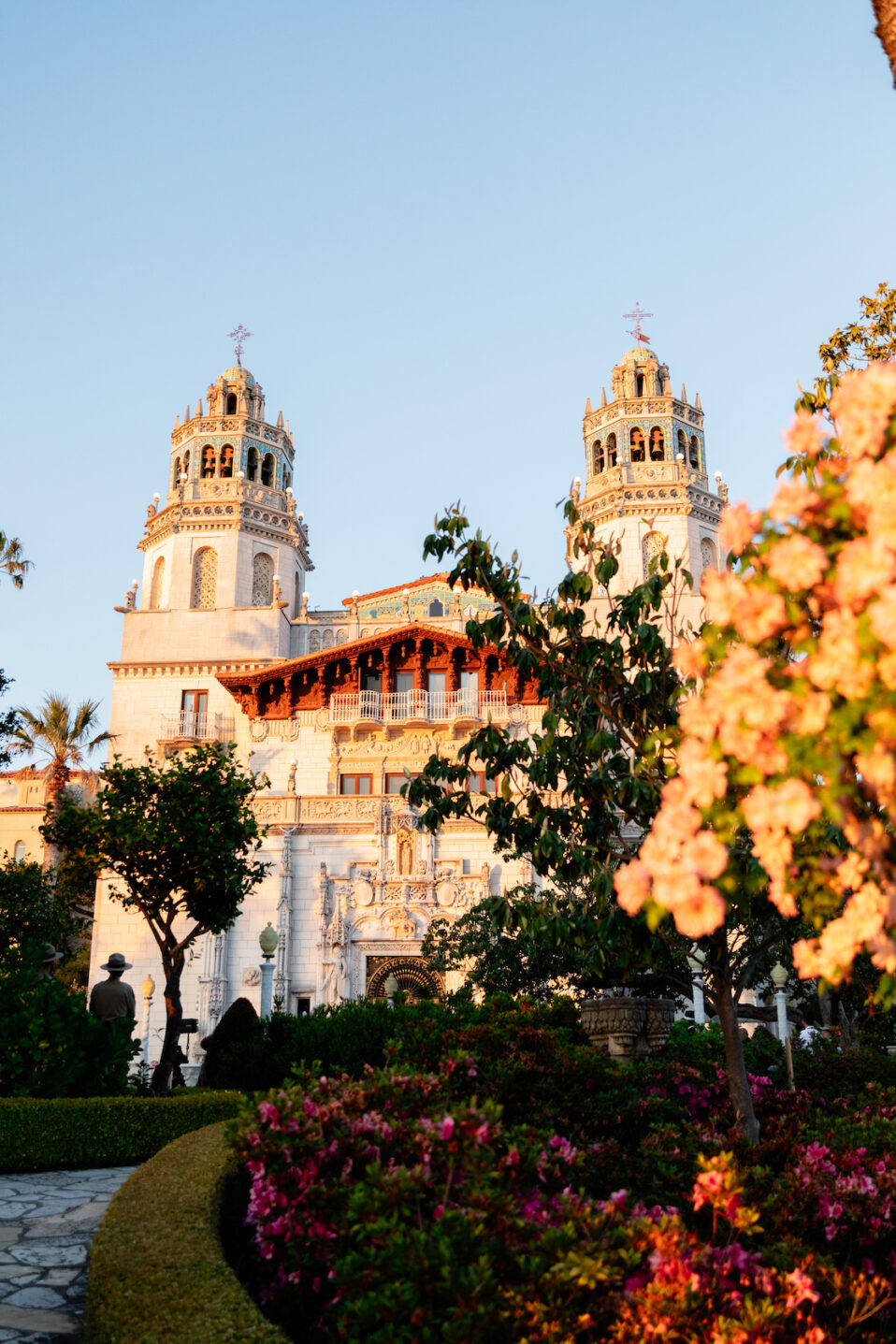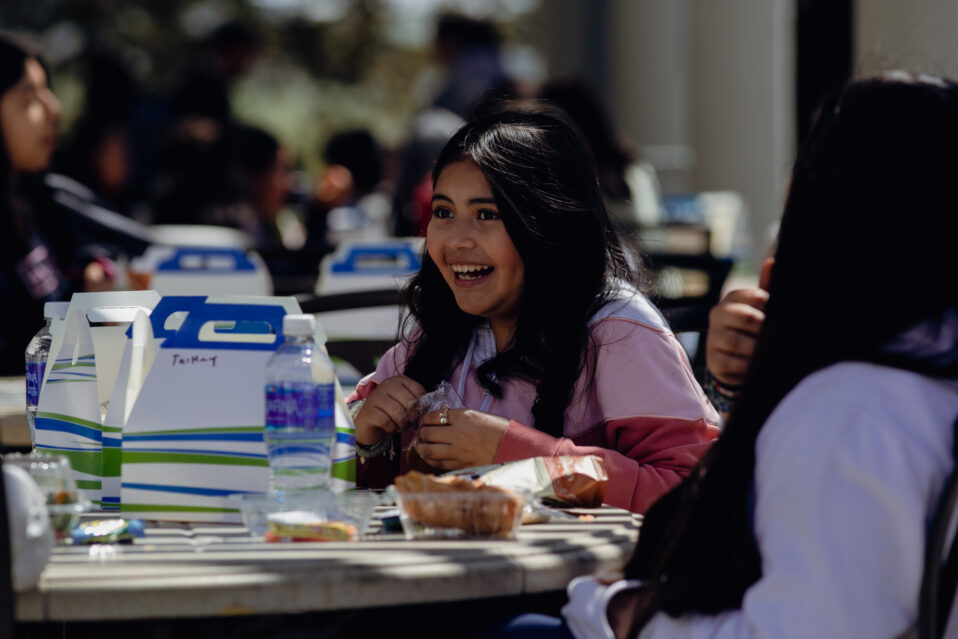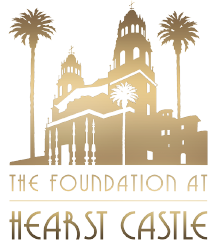Their mausoleums held precious marble coffins—sarcophagi—visible to family and friends. These sarcophagi were great works of art: their front and sides were often carved with elaborate battle scenes (Amazons!), Muses, portraits, and even lions. The best sculptors of Rome carved many of them. In the Renaissance, princes and artists prized them for their sumptuous beauty. William Randolph Hearst followed in that tradition and owned 16 of them, more than any other American museum at that time. Seven are still at San Simeon.
The complex composition of figures on the sarcophagi and their remarkable sense of balanced, harmonious proportions are key to understanding them. Accurate measurements are fundamental for analyzing them, and although measurements by traditional tape ruler and the like are good, nothing beats photogrammetry, which entails scanning by computer.
With the generous financial assistance of The Foundation at Hearst Castle, museum director Mary Levkoff brought Bruce North, a Midwestern engineer who is an innovator in deploying photogrammetry to the analysis of sculptures, to San Simeon to complete a photogrammetric study of an enormous Roman sarcophagus at Hearst Castle. Displayed outdoors against the north wall of the Refectory, this sarcophagus features lions, cupids, and a pair of portraits.
North took 988 high-resolution digital photographs of the sarcophagus and through a computer program wove them seamlessly together to create a three-dimensional image of the sarcophagus. Measurements were taken from more than 118 million points with an extraordinary degree of accuracy. Further, North created cross-sections of the work—impossible with hand measurements.

Analyzing North’s data, Professor Robert Cohon (Kansas City Art Institute) discovered that the composition was as elaborate as a Bach concerto, and he determined that the workshop’s master carved some parts of the sarcophagus while an assistant, others.
North and Cohon presented their findings at the annual conference of the Archaeological Institute of America in January 2020 in Washington, D.C.; the final work will be published—internationally—in 2021.







